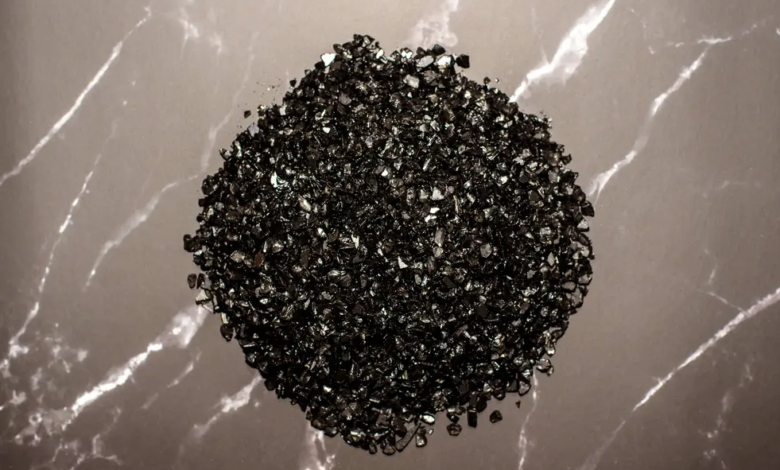Critical raw materials: demand +3000% in 2050
An analysis published in Nature shows the risks of peak critical raw materials
(sustainabilityenvironment.com) – Reducing carbon emissions in transport presents multiple challenges, including managing the growth in demand for critical raw materials. Lithium, nickel, cobalt, manganese and platinum, fundamental for the batteries of electric vehicles, will be subjected to a very strong stress from the point of view of market demand by 2050. This is stated in a new research published yesterday in Nature Communications by a team of researchers led by Fengqi You, professor of engineering at the Cornell Atkinson Center for Sustainability in New York.
The analysis covers 48 countries that will have a primary role in the electrification of transport – including the giants of the United States, Europe, China and India – and warns of economic obstacles and snags that will arise along the supply chain.
“The growth in global demand for critical metals until 2050 is driven mainly by the penetration of the electric vehicle market and the development of battery technology,” explained You.
In their paper, researchers presented multiple scenarios: the basic one, where we will have 40% of electric vehicles by 2050, predicts that the global need for lithium will increase by 2,909% compared to the 2020 level. If instead we could to electrify 100% of the means of transport (more ambitious scenario) the requirement would reach +7.513%. Comparable growth rates will be found in cobalt and manganese.
To give an example in absolute numbers, taking 2010 as a basis, in the scenario of complete electrification to 2050 the annual demand for lithium would increase from 747 tons to 2.2 million tons. Similarly, nickel would rise from 2 million (with 40% electrification) to 5.2 million tons. Of the 48 countries analysed, China alone will absorb more than 50% of the total supply of critical raw materials.
Read also Critical raw materials, OECD nervousness over Chinese trade restrictions
A particularly careful look should be reserved for the heavy vehicles sector, which require a greater quantity of these metals to switch to electrical. In several countries, their number is between 4% and 11% of the total fleet in circulation, but research predicts that the critical metals that will be used for their batteries will cover 62% of demand by the middle of the century.
Where will we get all these critical raw materials? To date, the World Bank has identified major reserves in Chile, Congo, Indonesia, Brazil, Argentina and South Africa. The political tensions within several of these countries, combined with those of the international market, will play a leading role in the game of electrification, explain the researchers.The solutions to avoid nasty surprises, as always can be counted on the fingers of a hand: invest heavily in the circular economy, focus on other materials for cathodes and battery anodes and promote green hydrogen.






